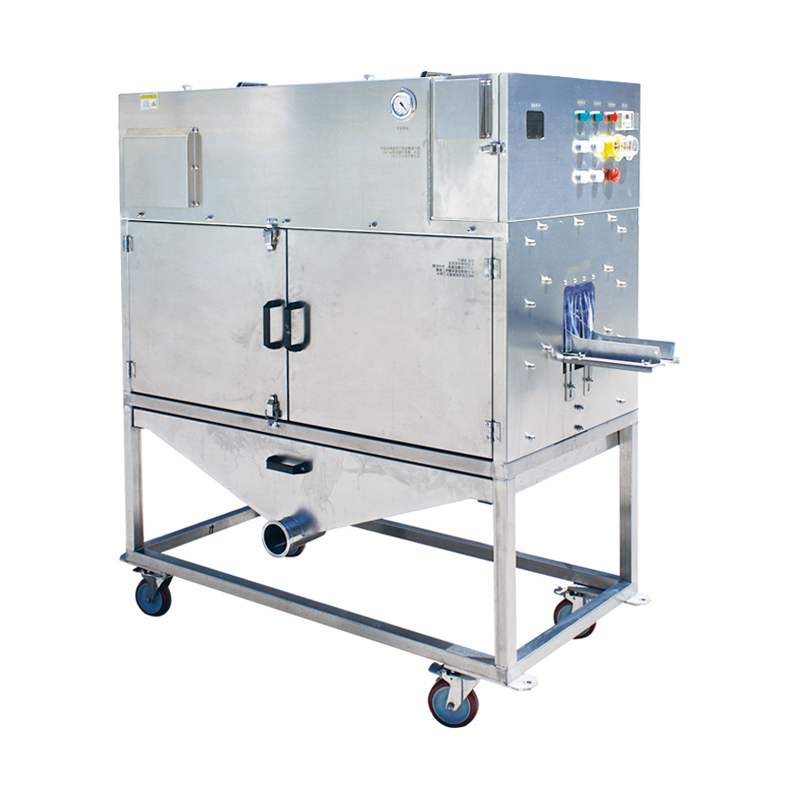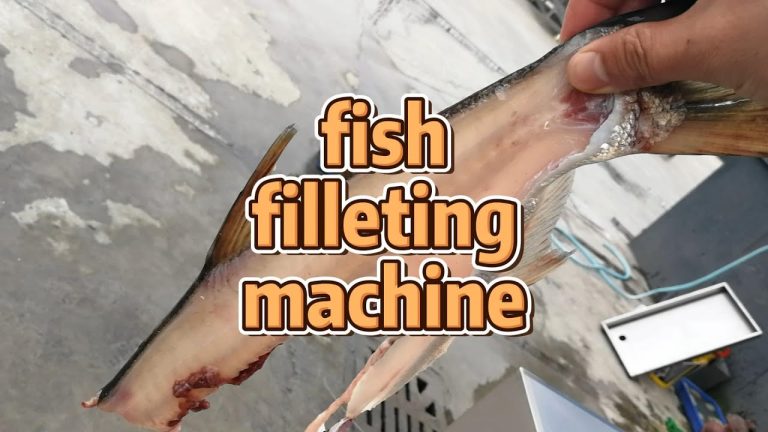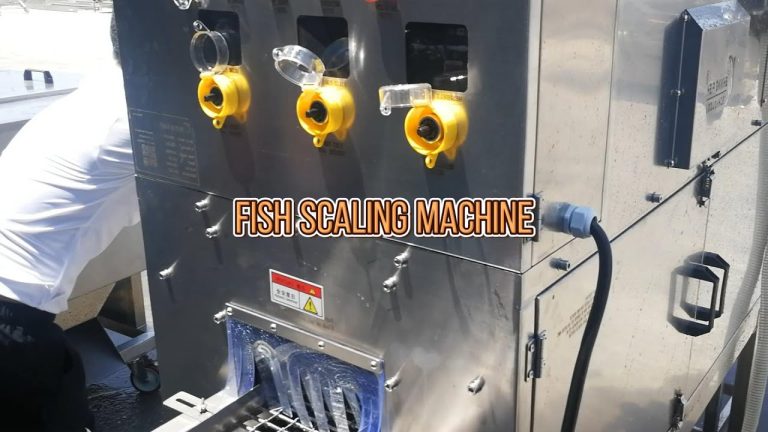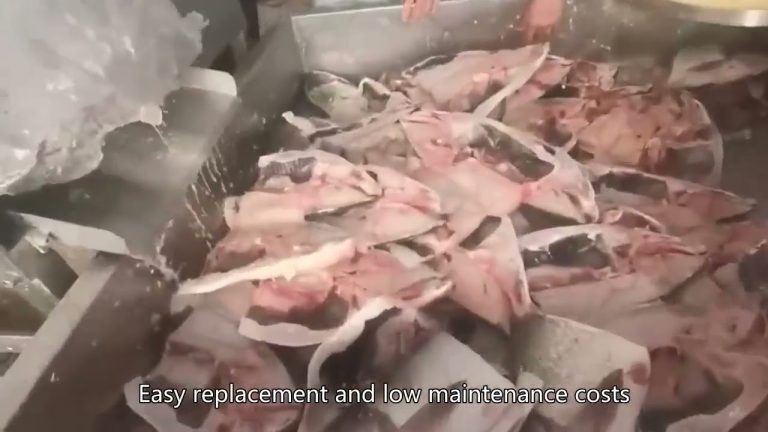Table of Contents
Tuna Fish Production Line Processing
Tuna fish production involves a series of carefully planned processes to ensure the quality and safety of the final product. From catching the tuna at sea to processing and packaging, each step plays a crucial role in delivering fresh and delicious tuna to consumers around the world.
| Serial Number | Products |
| 1 | Fish machine |
| 2 | Fish killing machine fish scaling machine |
| 3 | Automatic filleting machines for larger fish |
| 4 | Fish cutting equipment |
| 5 | Fish skin removing machine |
| 6 | Air bubble cleaning machine |
| 7 | Ice glazing machine in fish processing |
| 8 | Fish scaling gutting machine |
| 9 | Fish depress machine |
| 10 | Fish slicing machinery |
Once the tuna is caught, it is transported to processing facilities where the fish are cleaned, gutted, and prepared for further processing. The tuna is then carefully inspected to ensure that only the highest quality fish are used in production. Any subpar fish are discarded to maintain the overall quality standards.
After inspection, the tuna is filleted and portioned according to specific requirements. This process is done with precision to minimize waste and ensure that each cut meets the desired specifications. The fillets are then washed and prepared for cooking or canning, depending on the final product being produced.
Quality Control and Packaging
Quality control is a critical aspect of tuna fish production to guarantee that the final product meets regulatory standards and consumer expectations. Throughout the processing line, various quality checks are conducted to monitor factors such as freshness, color, texture, and taste. Any deviations from the set standards are immediately addressed to maintain product integrity.

Once the tuna products have gone through processing and quality checks, they are ready to be packaged for distribution. Packaging plays a key role in preserving the freshness and flavor of the tuna while also providing information to consumers about the product. Different packaging formats are used based on the intended market and distribution channels.
Labels containing important details such as expiration dates, nutritional information, and traceability codes are affixed to the packaging before the products are boxed and prepared for shipping. Proper packaging not only ensures product safety during transportation but also helps in maintaining the overall quality of the tuna until it reaches the end consumer.




